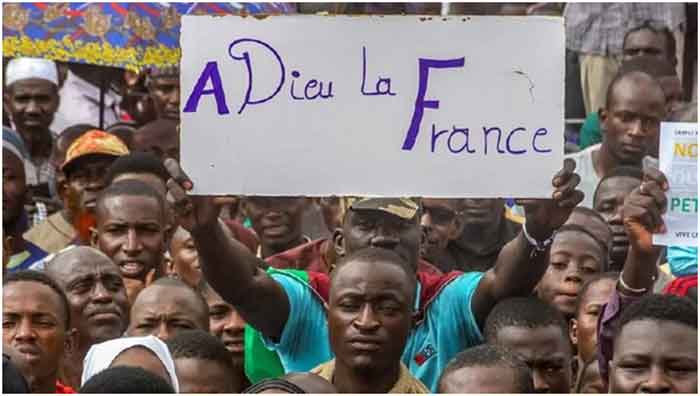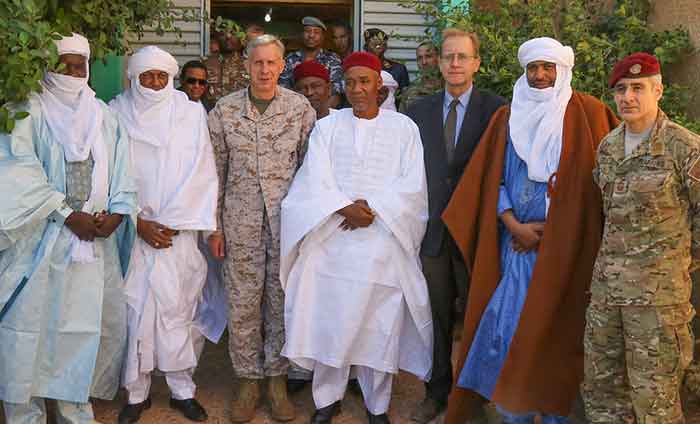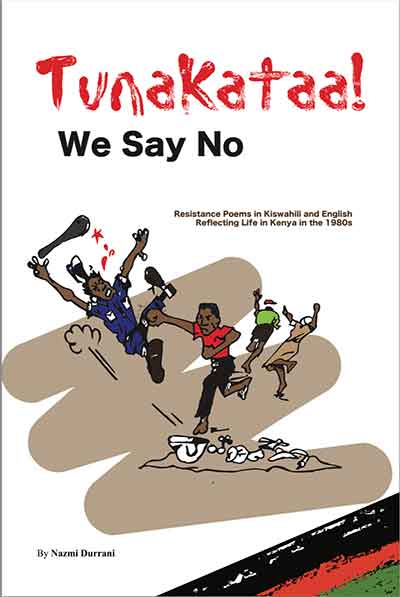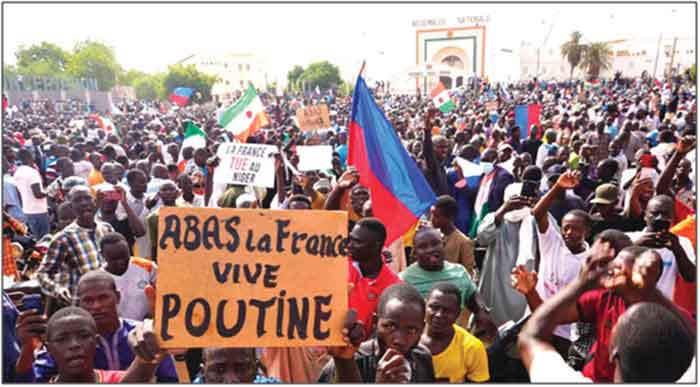
“The worst-case scenario is unfolding in Ethiopia,” Gabriel Bizuneh tells me, as he organizes in the Ethiopian community in Washington, D.C. Once again, the federal government is at war with another region in a federal system where regions are demarcated on ethnic lines. Moreover, each region in Ethiopia has its own police force, special units, and local militia. This time, the federal government is at war with the Fano and Amhara special forces, which fought against the Tigray People’s Liberation Front (TPLF) and have been protecting civilians from the Oromo Liberation Army (OLA)/ ONEG Shene attacks. “We have been pleading for so long for this conflict not to escalate further,” Bizuneh adds, “but Henry Kissinger’s policy of dismantling Ethiopia based on ethnicity, which the TPLF was an anchor for, remains in place.”
The U.S. State Department supported TPLF, which recrafted the state on ethnic lines and is hostile toward the Amhara, who are a dominant ethnic group in Ethiopia. The Amhara dominance is deeply linked with the rule of Emperor Menelik, who was able to consolidate the modern state by expanding its borders in the south. Identity and culture are complex and evolving, but a colonial and Eurocentric interpretation of rigid identities that shaped the labor process, and controlled the natural resources and wealth, was effective in fermenting enmity and divisions. In Ethiopia, “the seeds of genocide” were sown by Italy, which after its decisive defeat in the 1896 Battle of Adwa (by a united front led by Menelik II and Empress Taytu), introduced the idea of Ethiopia as a case of African colonialism.
While TPLF has been an effective tool to deepen this ethnic division, Kissinger can be credited as the originator of the State Department policy to support this agenda. Kissinger had identified Amhara as a dominant group (informed by analysis gathered from scholars such as Levine). He drew on an ethnic lens to interpret (or more accurately misinterpret) “[I]ndigenous political change” that resulted in the Dergue, the ruling military junta, turning sharply toward the USSR. Within Cold War geopolitics, Ethiopia had been receiving military aid from the United States (even after Emperor Haile Selassie’s overthrow) until the Carter administration’s strategic deployment of human rights to advance U.S. interests converged with Ethiopia’s Red Terror, and led to the emergence of the Soviet-leaning faction as the dominant force in the Dergue.
But it was not that simple. TPLF had debated these questions and concluded on pursuing an autonomous Tigray that ultimately remained within Ethiopia, while the Eritrean Liberation Front rejected it.
The Amhara have been targeted in massacres over decades without any systematic response to defend civilians. The massacre in Mai Kadra, Tigray region in November 2020, where around 600 ethnic Amhara were killed overnight, was just one horrific instance. During the Tigray war, there was also an escalation in targeted killings and massacres of ethnic minorities in the region of Oromia. This persists, with two massacres having taken place in 2022 in the Wollega zone of the state alone. Tensions resulting from these incidents, and the federal government’s declared intent to demobilize militia and Regional Special Forces under the National Defense Forces, have escalated fears of exposure to further attacks. The situation has become worse as a result of popular protests, and the assassination of a senior Prosperity Party (PP) official and his entourage. But the disproportionate response by Ethiopia’s Prime Minister Abiy Ahmed’s PP, which carried out drone attacks in August 2023 that led to a high death toll in civilian areas, has been atrocious. The Ethiopian Human Rights Commission has raised alarm over the resumption of conflict in the Amhara region, but this has not triggered as much global pressure as the war on Tigray.
The Pretoria Agreement excluded any broad-based representation across all affected interest groups including Afar and Amhara. It was effectively a truce between warring factions of the previous coalition government. Getachew Reda, spokesperson of the TPLF during the war, is now president of Tigray. There has been no accountability for violations by any side. The inclusion of the geopolitically significant areas of Welkait and Raya in the Tigray region in 1991, whose peoples identify as Amhara, remains a central flash point. Delegations of elders from Welkait have traveled to Addis Ababa and at times resorted to armed resistance, but to no avail.
An open alliance between the OLA and TPLF has escalated these threats, which was questioned by the Oromo singer Hachalu Hundessa in his last public statement, before he was killed in June 2020. How could there be a common agenda with TPLF? Nationwide protests after his tragic assassination saw ethnic minorities, including the Amhara, strung up and lynched in Addis Ababa and Shashamane, the homestead of Rastafarians who had relocated to Ethiopia in the 1950s. Meanwhile, Ahmed’s PP has had closed-door negotiations with OLA/ONEG Shene, the outcome of which has not been disclosed. Ahmed has also refused to reverse the TPLF/ Kissinger ethnic federalism.
Instead, in August, the Addis Ababa City Peace and Security Administration Bureau cracked down on “institutions where homosexual acts are carried out,” a populist move, adding vulnerable queer folk to nationwide mass arrests under a state of emergency. A UN situation report also highlights a cholera outbreak, locust and army worm invasions, and dengue fever affecting different parts of the country alongside rising numbers of displaced people. The latter includes people escaping conflict in Sudan.
Former President of the Amhara region Gedu Andargachew, in a failed attempt to reject the state of emergency decree, advised that the government must stop the dehumanization and persecution of Amhara across the country. Andargachew added that the government must not mobilize other regional governments to attack the Amhara region. Failure to do so risks state collapse in Ethiopia.
But there is still hope; People can join the calls to end the government attacks on the Amhara region; end the state of emergency; and release all political prisoners and those targeted for their ethnicity. Dialogue and independent investigations into violations spanning decades, across the country, and the prosecution of perpetrators for all violations are urgent. Failure to support these efforts may mean the Balkanization of the second-most populous country in Africa.
This article was produced by Globetrotter.
















































